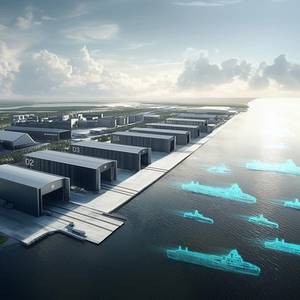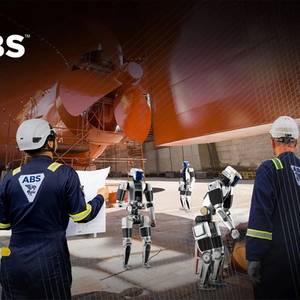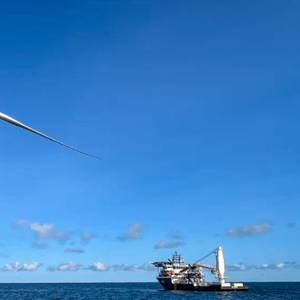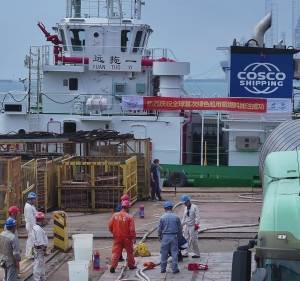
The Trump administration suspended leases on Monday for five large offshore wind projects that are under construction off the U.S. East Coast over what it called national security concerns, sending shares of offshore wind companies plunging.The suspension was the latest blow for offshore wind developers that have faced repeated disruptions to their multi-billion-dollar projects under U.S.

Canada's Prime Minister Mark Carney signed an agreement with Alberta's premier on Thursday that rolls back certain climate rules to spur investment in energy production, while encouraging construction of a new oil pipeline to the West Coast.Under the agreement, the federal government will scrap a planned emissions cap on the oil and gas sector and drop rules on clean electricity in exchange for

In a shipbuilding industry defined by tradition, one new entrant is seeking to rewrite the rules of how naval vessels are designed, built and delivered. Saronic Technologies, founded just three years ago, is racing to create what CEO Dino Mavrookas calls “a next-generation shipbuilding ecosystem” — one capable of delivering unmanned surface vessels (USVs) at the speed and scale the U.S.

ABS and Persona AI inked an MOU to develop inspection technologies for Persona AI’s humanoid robot platform deployment in shipyards. Humanoid robots are suited to operate in shipyards designed for human workers, offering flexibility and mobility in complex, confined, or ergonomically challenging spaces.

The Trump administration on Friday ordered Denmark's Orsted to stop far-advanced construction on an offshore wind project near Rhode Island, in a move that threatens to exacerbate the company's financial troubles.With construction now frozen at 80% completion, Orsted has no immediate path to revenue generation, heightening pressure on the company as it seeks to shore up finances through a $9.

Sinobunker, one of COSCO Shipping’s subsidiaries, has completed the world’s first green ammonia bunkering operation at COSCO Shipping Heavy Industry’s Dalian terminal.The ammonia was sourced from the world’s largest green hydrogen and ammonia plant established by Envision in Chifeng and powered entirely by the world’s largest independent renewable energy system.

How can the global energy grid keep pace with fast-growing demand from new data centers supporting artificial intelligence (AI) and cloud computing? Nuclear energy and coastal waters offer a potential answer.The potential for floating nuclear-powered data centers is explored in depth in the latest research from ABS and Herbert Engineering.

The threat that AI and quantum computing pose to cyber security is already here, even before these technologies are mature enough to crack today’s encryption methods. Bad actors are taking a “harvest now decrypt later” approach to cyberattacks.Classical encryption methods like Rivest–Shamir–Adleman (RSA) and Elliptic Curve Cryptography (ECC) rely on the difficulty of factoring large numbers or

Newly released video footage captured by advanced AI-powered cameras has provided crucial insights into the collision between the container ship MV Solong and the U.S.-flagged tanker Stena Immaculate off the port of Grimsby earlier this week.The footage, recorded by Orca AI’s SeaPod lookout unit mounted on the anchored tanker Ionic Aspis, reportedly shows the exact moment of impact.

As global reliance on subsea infrastructure grows, so do the risks. Discover how safeguarding undersea assets opens new frontiers for innovation and investment.Importance of Subsea InfrastructureSubsea infrastructure plays a critical role in maintaining the operational continuity of the modern society and the global economy.

The Global Risks Report 2025, produced by the World Economic Forum in collaboration with Marsh McLennan and Zurich Insurance Group, finds that nearly two-thirds of over 900 surveyed experts anticipate a turbulent decade ahead.The top five risks identified are:State-based armed conflict: Wars in Ukraine, the Middle East and Sudan have brought unprecedented instability

Cyber, business interruption and natural catastrophes are the risks of most concern for businesses globally according to the Allianz Risk Barometer 2025 - as voted for by a record 3,778 risk management experts from 106 countries and territories.Cyber incidents (38% of responses, a record 7% points ahead) consolidates its position as the most important risk.